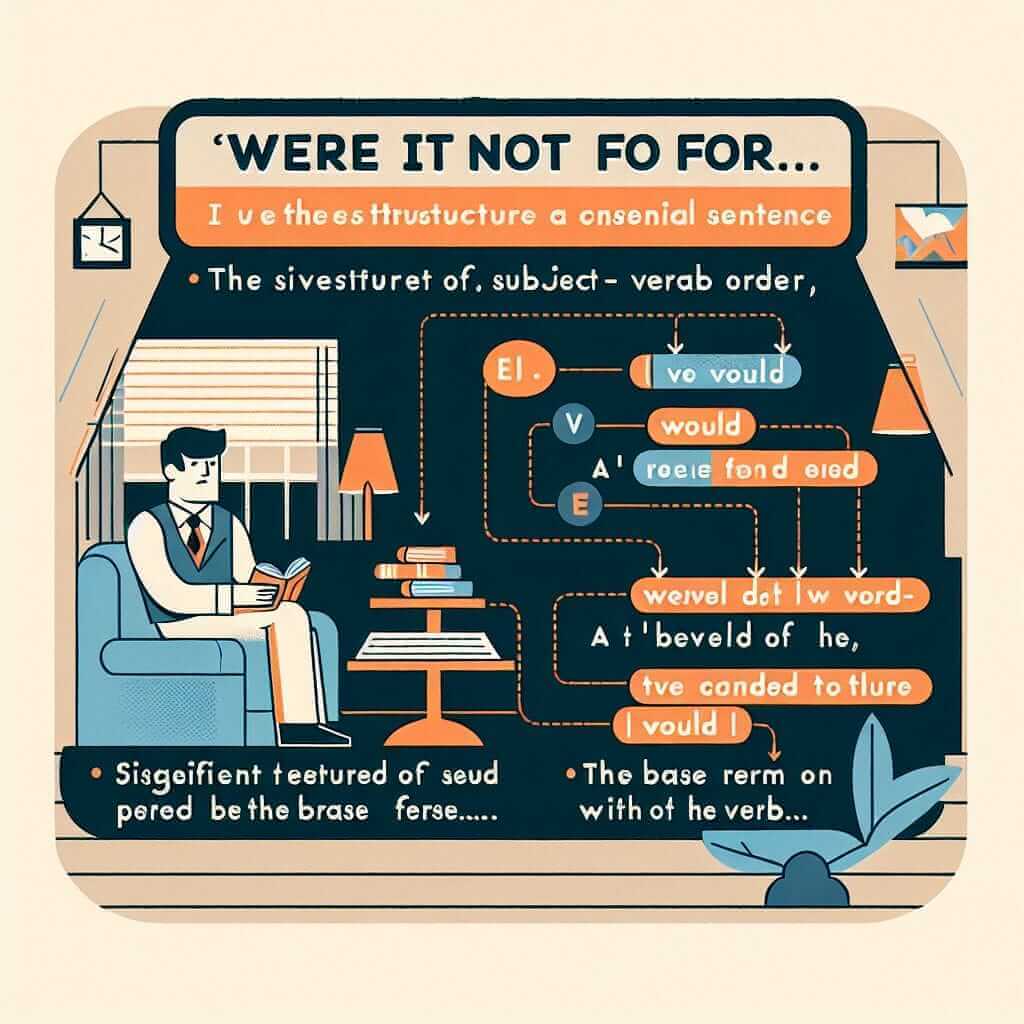The phrase “Were it not for…” signals a hypothetical situation, specifically a type of conditional clause known as the second conditional with inversion. While it might sound complex, understanding its structure and usage can significantly enhance your grammatical range and accuracy in the IELTS exam.
Here are a few examples demonstrating how this structure can be used across different sections of the IELTS:
Speaking (Part 3):
- Examiner: “Do you think technological advancements have made our lives easier?”
- You: “Absolutely, were it not for the internet, we wouldn’t have access to information so readily, impacting our education, work, and even social lives.”
Writing (Task 2):
- “Some argue that globalization has led to a loss of cultural identity. Were this not the case, we would expect to see more diversity in art, music, and traditions, rather than the homogenization we observe today.”
Listening (Section 4):
- (In a lecture about the impact of climate change) “Were it not for the rising sea levels, many coastal communities wouldn’t be facing the threat of displacement.”
In each of these examples, the “Were it not for…” construction introduces a hypothetical condition (the delay, lack of internet, absence of globalization impact) and its imaginary consequence. Now, let’s delve deeper into its structure and usage.
Understanding the “Were it not for…” Construction
This phrase signals a hypothetical situation in the present or future and its imaginary consequence. It’s essentially a more formal and emphatic way of expressing the second conditional.
Formula and Grammatical Breakdown
The structure follows this pattern:
Were + subject + not + for + noun phrase, subject + would/could/might + base form of verb + rest of sentence.
Let’s break down the sentence: “Were it not for the delay, we would be there.”
- “Were it not for”: This phrase introduces the hypothetical condition. Notice the inversion of the subject (“it”) and the verb (“were”).
- “the delay”: This is the noun phrase that specifies the condition.
- “we would be there”: This is the main clause expressing the imaginary consequence. It uses the modal verb “would” followed by the base form of the verb “be.”

Applications in IELTS
Writing Task 2: Presenting Counterarguments and Hypothetical Scenarios
- Original: “Without government funding, many artistic endeavors would struggle to survive.”
- Enhanced: “Were it not for government funding, countless artistic endeavors would struggle to survive, ultimately impoverishing our cultural landscape.”
Speaking Part 3: Expressing Opinions with Nuance
- Original: “If people weren’t so reliant on technology, they would be more creative.”
- Enhanced: “Were it not for our heavy reliance on technology, I believe individuals might tap into their innate creativity more readily.”
Reaching for a Higher Band Score
To demonstrate a wider grammatical range and sophistication, consider these variations:
- Inversion with other subjects: “Were I not so busy, I would join you.”
- Using “Had + subject + not + been for” for past hypothetical situations: “Had it not been for his determination, he wouldn’t have achieved his goals.”
Common Mistakes to Avoid
- Incorrect verb tense: Ensure the main clause uses the conditional modal (would/could/might) followed by the base form of the verb.
- Missing inversion: Remember to invert the subject and verb in the conditional clause (“Were it not” not “If it were not”).
- Overuse: While impressive, using this construction excessively can make your writing or speaking sound unnatural.
Conclusion
Mastering the “Were it not for…” construction empowers you to express hypothetical situations with precision and sophistication, showcasing your advanced grammatical ability to IELTS examiners. Practice incorporating it into your writing and speaking to confidently navigate complex ideas and arguments in the exam.